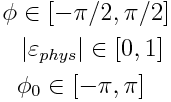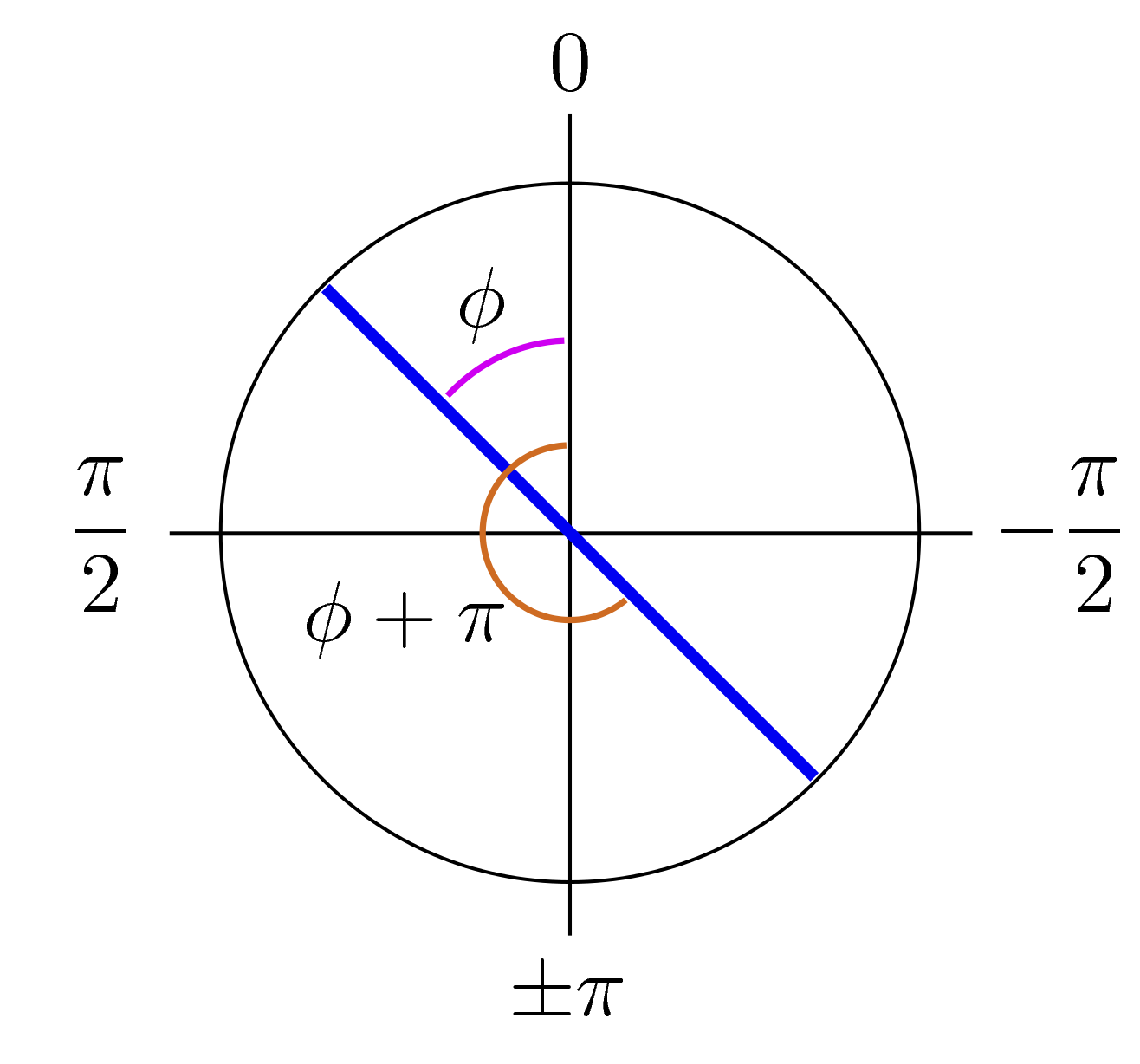- dilks's home page
- Posts
- 2019
- 2018
- December (1)
- November (1)
- October (1)
- August (2)
- July (4)
- June (3)
- May (1)
- April (2)
- March (2)
- February (1)
- January (5)
- 2017
- December (3)
- November (1)
- October (2)
- September (3)
- August (2)
- July (2)
- June (1)
- May (2)
- March (3)
- February (3)
- January (3)
- 2016
- November (2)
- September (4)
- August (2)
- July (6)
- June (2)
- May (3)
- April (1)
- March (2)
- February (3)
- January (2)
- 2015
- December (3)
- October (3)
- September (2)
- August (6)
- June (3)
- May (3)
- April (4)
- March (3)
- February (5)
- January (3)
- 2014
- December (1)
- November (1)
- October (3)
- September (4)
- August (3)
- July (3)
- June (2)
- May (2)
- April (2)
- March (1)
- 2013
- 2012
- 2011
- My blog
- Post new blog entry
- All blogs
ZDC Local Polarimetry
INTRODUCTION
- References
- Bitters, Grosnick, Koetke, Webb, Spinka, Surrow -- "Analysis of STAR ZDC SMD Data for Polarimetry"
- Data (from Spin Monitor --> ZDC Polarimetry
- Run11: [ZDC Polarimetry] [Spin Monitor Homepage]
- Run12: [ZDC Polarimetry] [Spin Monitor Homepage]
- Run13: [ZDC Polarimetry] [Spin Monitor Homepage]
- Run15: [ZDC Polarimetry] [Spin Monitor Homepage]
- note: on ZDC polarimetry page, "asym" directory contains data text files
The ZDC-SMD, a scintillator-based hodoscope positioned between the front and middle ZDC modules (6.5<|η|<7.5 at STAR), is used to detect event azimuths. The ZDC typically triggers on neutral particles, since charged particles are swept away from ZDC by the DX magnet, which sits between the ZDC and the IP. Each of the three ZDC modules is made of a Cu-W alloy with fiber optic cables used to collect Cherenkov radiation. Each module is ~1.7 interaction lengths and 51 radiation lengths; photons typically shower in just the first module.
Using the SMD data, azimuthally-dependent single spin asymmetries can be extracted via the cross-ratio method, which assumes rotational symmetry to cancel any initial-state-dependent luminosities. Since the transverse SSA is azimuthally dependent, the cross-ratio binned in azimuth is fit to a raw asymmetry εphys, which is the amplitude of a sinusiodal modulation. The phase φ0 of the sinusoid is then related to the azimuthal angle φ of the inital proton spin vector for the beam under consideration. On the STAR ZDC polarimetry webpages linked above, the fit is to the absolute value of the asymmetry.
The fit and parameter constraints are:


N is the number of events; up (down) arrow indicate the relevant initial proton spin, and the azimuth is defined in the following diagram (looking along incident beam direction):
(note that the range of φ above allows the pair of coordinates (φ, φ+π) to cover the entire azimuthal range)

An additional reference for understanding the coordinates can be found at https://drupal.star.bnl.gov/STAR/blog/ogrebeny/2011/feb/17/zdc-scaler-polarimetry-commissioning-run-11
The fit was implemented at (e.g. 2011): onl05:/ldaphome/onlmon/zdc2011/StRoot/StZDCPool/StZDCPolarimetryPlots/ZDCPolarimetryPlotsPresenter.cxx
Their fit results only quote the absolute value of εphys
.
.
.
NEUTRON ASYMMETRY MEASUREMENTS
NOTE THAT THESE NUMBERS ARE ROUGH ESTIMATES, ESPECIALLY FOR 2011 & 2012 STAR ZDC; I AM ONLY GIVING A GENERAL COMPARISON OF THESE DATA!
.
| Experiment |
Eta Range | sqrt(s) | Year | Raw Asymmetry | Approximate Polarisation | Analysing Power | Reference |
| IP12 | 2.2-3.9 | 200 | 2002 | -0.0085 | 0.11 | -0.09 | http://arxiv.org/abs/hep-ex/0610030v2* |
| PHENIX ZDC | 6.5-7.5 | 200 | 2005 | -0.04 | 0.50 | -0.08 | http://arxiv.org/abs/1209.3283v1* |
| STAR ZDC | 6.5-7.5 | 200 | 2004 | +0.021 | 0.26 | +0.08 | https://drupal.star.bnl.gov/STAR/files/spinnote20.pdf |
| STAR ZDC | 6.5-7.5 | 200 | 2012 | -0.01 | 0.59 | -0.02 | ZDC Polarimetry Webpage (link above), plots below |
| Experiment | Eta Range | sqrt(s) | Year | Raw Asymmetry | Approximate Polarisation | Analysing Power | Reference |
| STAR ZDC | 6.5-7.5 | 500 | 2006 | +0.03 | http://course.physastro.iastate.edu/rsc_meeting/Looking_Diff_RHIC_V9.pdf | ||
| STAR ZDC | 6.5-7.5 | 500 | 2009 | +0.035 (yellow) +0.015 (blue) |
0.45 (yellow) 0.34 (blue) |
+0.076 +0.036 |
Joshua N. Kellams's Thesis |
| STAR ZDC | 6.5-7.5 | 500 | 2011 | -0.04 | 0.48 | -0.10 | ZDC Polarimetry Webpage (link above), plots below |
* another reference for IP12 and PHENIX ZDC is Manabu Togawa's Thesis [http://www.bnl.gov/userscenter/Thesis/2008/Togawa_Thesis.pdf]
.
.
.
FIT CORRELATIONS
I have plotted some correlations between the fit parameters for Run11 pp500, Run12 pp200 & pp510, and Run13 pp510. The format is as follows:
- 6 correlation plots per running period
- Vertical axes for yellow beam, horizontal axes for blue beam
- Top row for forward parameters, bottom row for backward parameters
- Left column for raw asymmetry ε, middle column for analyzing power AP = Pε, right column for phase φ0+π (forward neutron AN is negative! (see below))
** There are some more notes below the plots **
-------------[Transverse Run11 pp500]----------------------------
.png)
.
.
-------------[Transverse Run12 pp200]----------------------------
.png)
.
.
-------------[Transverse Run15 pp200]----------------------------
.png)
.
.
-------------[Longitudinal Run12 pp510]--------------------------
.png)
.
.
-------------[Longitudinal Run13 pp510]--------------------------
.png)
~~~~~~~~~~~~~~~~~~~~~~~~~~~~~~~~~~
NOTES / OBSERVATIONS
The verticality of the forward beam is better for 500 GeV than for 200 Gev, but this is likely a consequence of the fit error bars (higher statistics for 500 GeV)
Backward asymmetry modulation phases are close to zero (vertical) for 500 GeV, but seem to be uniformly distributed for 200 GeV
-- on the ZDC polarimetry webpages, the vertical angle is listed as φ0+π; I assume this is because forward/backward neutron AN is negative?
The longitudinal runs have forward ε~0.0025 and backward ε~0.0002
The forward phase correlations show data concentrated in a specific region (differs between runs 12 & 13); backward phase correlations show some mild data concentration
-- these two factors may indicate a level of beam transversity for the longitudinal runs, since we expect zero for parity-violating longitudinal SSAs
- dilks's blog
- Login or register to post comments
